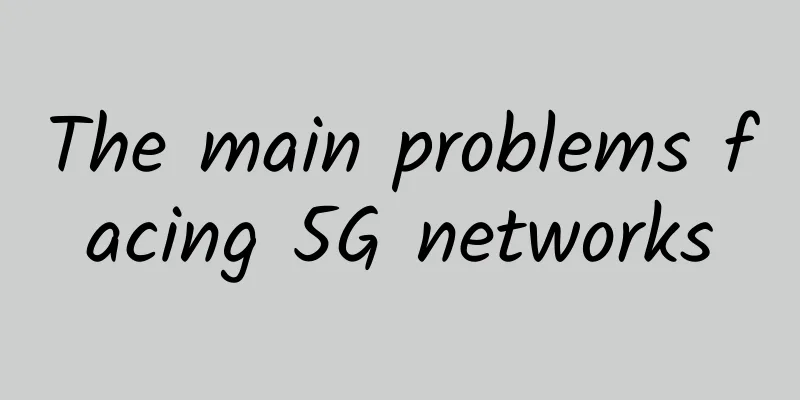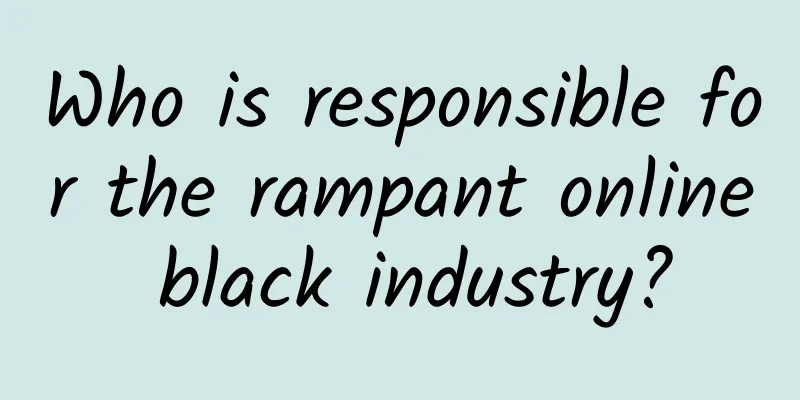If you think 5G technology is overhyped, wait for 5.5G to arrive

|
Less than half of UK 5G users say 5G offers improved speeds or reliability compared to 4G, according to a new survey. The survey was conducted by comparison service provider Uswitch and the results came from a sample of 2,000 users in the UK. The company said that more than 16 million people in the UK now have 5G phones, but their network experience is mixed. While some people think their network service has improved, only 41% of 5G users said that 5G speed or reliability has improved. There is also a digital divide between urban and rural users. Some rural users said that although they have 5G-enabled mobile phones, they have never connected to the 5G network. Uswitch's survey showed that 17% of rural users with 5G mobile phones have never used 5G services, while the proportion in cities is 6%. Additionally, one in six mobile users believe 5G technology is overhyped. This is perhaps not surprising given that the technology is still relatively early in its deployment and is being compared to more established 4G networks. 5G is still in its early stages In fact, in the case of the UK, 5G services are still provided by connecting 5G antennas to the same network infrastructure used by existing 4G services. But many of 5G's key benefits and capabilities (such as ultra-low latency, very high data rates or the ability to support more devices than 4G) can only be achieved by upgrading or modifying the infrastructure. Ernest Doku, telecom expert at Uswitch, said, "After 5G promised to provide super fast speeds for our mobile phones, many consumers still don't understand how different it is to adopt 5G compared to their daily experience." He pointed out that 5G should be able to provide a maximum speed of 20Gbps. Although consumers are unlikely to experience this speed in practice, tests have shown that 5G speeds can be at least 20 times faster than 4G networks. In fact, the technology is still in its infancy in the UK. Bill Menezes, principal analyst at Gartner, agrees. He said, "As operators continue to update their networks with 5G technology, users will increasingly experience the improvements in speed or reliability promised by 5G. But this will take some time. It usually takes 3 to 5 years to fully launch a new generation of mobile technology, and 5G technology has only been launched for more than two years." Kester Mann, analyst at CCS Insight, agreed, saying: “There is no doubt that 5G has so far struggled to meet the extremely high expectations set by the telecoms industry. This may change when the technology is more widely adopted by enterprises, but there is currently a lack of new applications and services specifically targeting the consumer market.” PP Foresight analyst Paolo Pescatore believes that given the increasing importance of network connectivity to the home, many consumers place more emphasis on home broadband connectivity. He said, "It is clear that some users are not interested in 5G because 4G networks can still meet their needs. Fundamentally, users want a robust and reliable connection everywhere." Towards 5.5G Meanwhile, some vendors are already looking beyond 5G. Huawei Executive Director Wang Tao praised the advantages of 5.5G in his speech at the 2022 Global Mobile Broadband Forum held recently, and urged industry insiders to prepare to "move towards 5.5G". He said that 5.5G networks can provide a 10Gbps experience, support the connection of hundreds of billions of mobile devices, and help realize native intelligence. Wang Tao pointed out that in order to achieve this goal, the mobile industry first needs to develop standards. Huawei and other companies need to work together to ensure that 3GPP Release 18 is completed as planned in the first quarter of 2024. Some things about 5.5G sound familiar, such as its need to use millimeter wave frequencies. Wang Tao also said, "If operators want to achieve a 10Gbps experience, they need to obtain more than 800MHz of spectrum from this band." However, 6GHz is also considered a potential band for 5.5G, which may cause problems in countries like the United States because the entire 6GHz band has been made available for unlicensed use and is already used by Wi-Fi 6E and will later be used by WiFi 7. Wang Tao added, "We can also adjust the spectrum below 6GHz to achieve the ultra-large bandwidth of 5.5G." If you look deeper, you will find that 3GPP Release 18 has been labeled as 5G Advanced Edition by companies such as Nokia and Ericsson. Pescatore said, "Given the situation of some manufacturers, this seems more like a marketing strategy." Menezes was more blunt, saying, "As for 5.5G, this is something that vendors want operators to focus on, and users can ignore it." |
<<: 5G commercialization in its third year: a new prosperity
>>: 6G in 2030: The panacea for enterprises is here again
Recommend
5G to B development requires strategic patience
After more than two years of development, 5G has ...
Talking about my cold thoughts on SD-WAN on the crater
SDWAN will be the most valuable investment outlet...
Huawei Cloud and Microsoft Enterprise Applications join hands to start a new journey of strategic cooperation
During HUAWEI CONNECT 2017, Huawei and Microsoft ...
Deepin Technology was invited to attend the 2019 Annual Meeting of Jiangxi Health Information and Health Medical Big Data Society and delivered an important speech
From November 13 to 15, 2019, the 2019 Jiangxi He...
RAKsmart recharge big gift: popular VPS host $0.99/month, flash sale server $30.62/month
RAKsmart has launched a promotional event for the...
Mobile Edge Computing: The True Future of 5G
The promise of 5G has yet to be fulfilled, but it...
An article reviews the top 10 wireless network technologies that connect tens of billions of terminals
With the development of the Internet industry, pe...
A brief discussion on the 3PC protocol for distributed system consistency
This article is reproduced from the WeChat public...
Customize SD-WAN to meet your needs
Why do we always think we can adopt a revolutiona...
Network security knowledge: Understanding Voice over Internet Protocol (VoIP)
[[442039]] What is Voice over Internet Protocol (...
With another 600,000 base stations added, do you plan to upgrade to a 5G package?
As we all know, my country's operators have b...
China Academy of Information and Communications Technology: In November, domestic 5G mobile phone shipments reached 20.136 million units, accounting for 68.1%
On December 10, the China Academy of Information ...
Forecast of 5G development trends in 2021
When searching for hot words in 2020, it can be s...
EtherNetservers: $25/year-4GB/250GB/5TB/2IP/Los Angeles & New Jersey data centers
EtherNetservers is a foreign hosting company esta...









